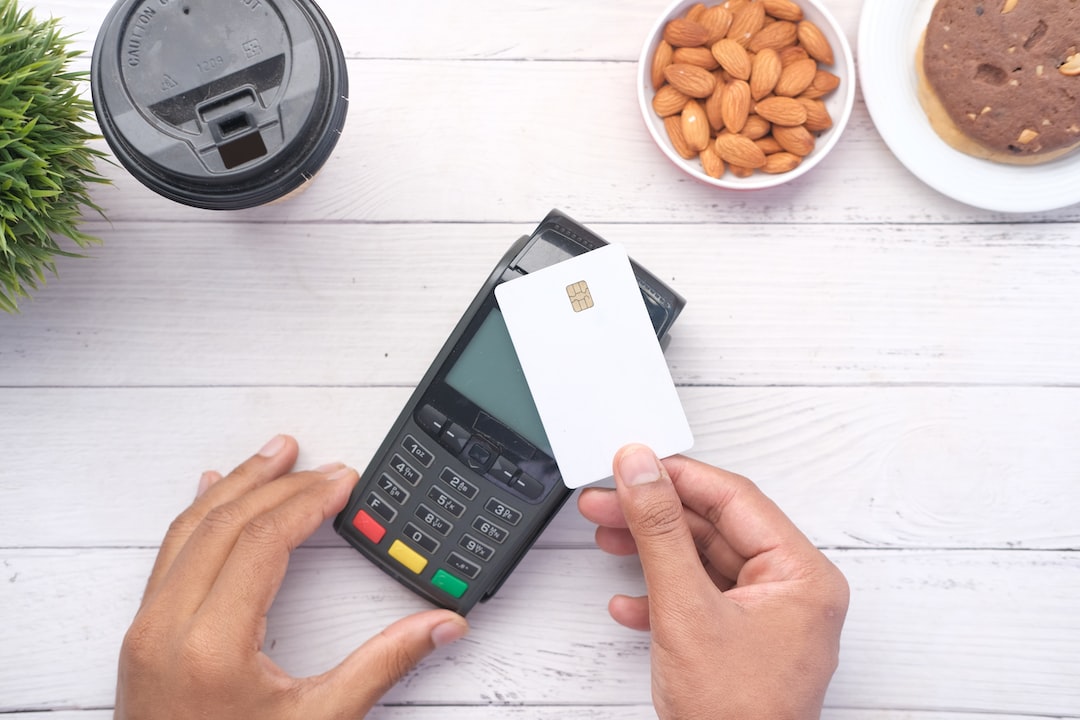The Impulse Buy Effect: How Retailers Influence Your Purchase Decisions
Have you ever walked into a store intending to buy just one item, but ended up leaving with a cart full of things you didn’t plan on buying? If so, you have fallen victim to the impulse buy effect. Retailers are masters at influencing your purchase decisions, and understanding how they do it can help you become a smarter shopper.
One of the main ways that retailers influence your purchase decisions is through strategic store layouts. Have you ever noticed how products like magazines, candy, and gum are often placed near the checkout counters? This is not a coincidence. These items are strategically placed there to tempt you as you wait in line to pay. By putting these items within arm’s reach, retailers increase the likelihood of you making an impulse purchase. They know that when you’re bored or waiting, your resistance to buying unnecessary items is weakened.
Another way that retailers influence your purchase decisions is through sales and promotions. They often use techniques like limited-time offers or “buy one, get one free” deals to create a sense of urgency and increase your desire to buy. These tactics appeal to our fear of missing out and make us believe that we are getting a great deal. By offering discounts or promotions, retailers appeal to our desire for instant gratification and convince us to make a purchase we may not have otherwise made.
In addition to store layouts and promotions, retailers also influence our purchase decisions through clever marketing strategies. They invest heavily in advertising campaigns to create an emotional connection with consumers. Through catchy jingles, memorable slogans, and relatable stories, retailers make their products seem indispensable to our lives. They tap into our emotions and create a desire for their products, even when we don’t necessarily need them.
Another way that retailers influence our purchase decisions is by strategically placing certain products at eye level or in prominent locations within the store. This tactic is known as product placement and is designed to catch our attention and make us more likely to buy. They also use bright colors, attractive packaging, and enticing displays to draw our attention and encourage impulse purchases.
While retailers are skilled at influencing our purchase decisions, we can take steps to become more aware and in control of our shopping habits. One way to do this is by making a shopping list and sticking to it. By knowing exactly what you need before entering a store, you can avoid being swayed by impulse buys. Additionally, giving yourself a cooling-off period before making a purchase can help you evaluate whether it is a necessary or impulsive buy.
In conclusion, retailers are experts at influencing our purchase decisions through strategic store layouts, promotions, marketing strategies, and product placement. By understanding these tactics and being mindful of our shopping habits, we can become smarter shoppers and resist the impulse buy effect. So next time you find yourself tempted to make an unplanned purchase, take a moment to pause, reflect, and consider if it’s truly something you need or just a result of strategic retail tactics.

